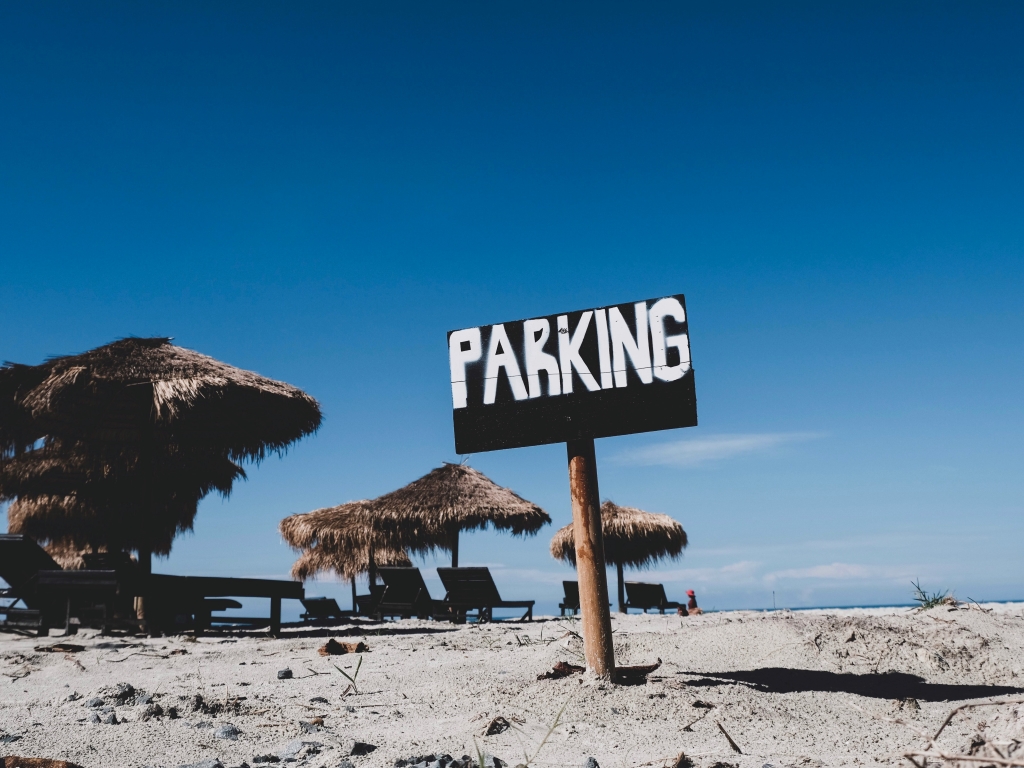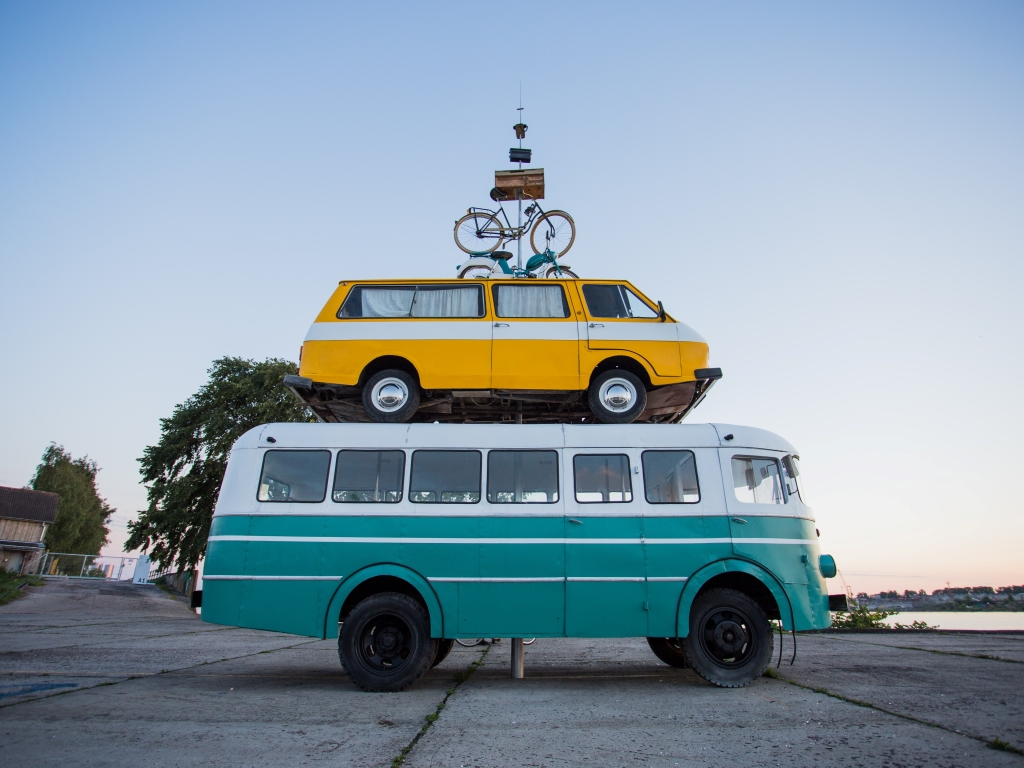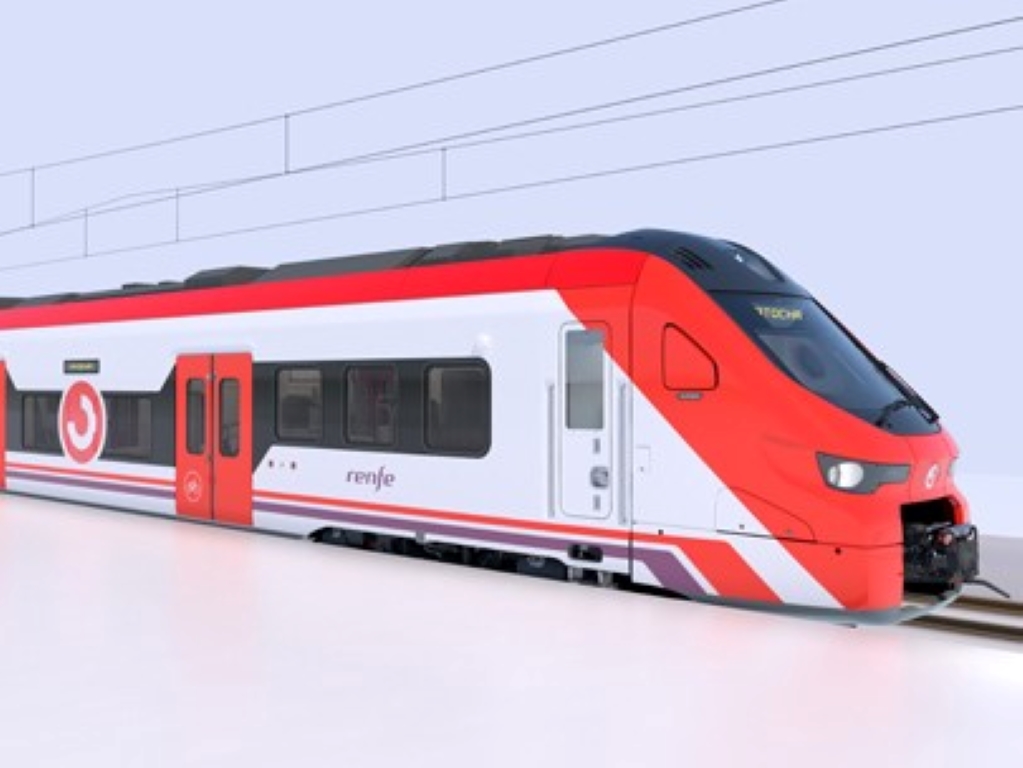January 14, 2023
As far as our experience goes, buying a car in Spain is not difficult (maybe boring, but not difficult). As most things nowadays, you can start this process on-line, when already in Spain. I’ll describe below how it was for us.
Table of Contents
We found the car on-line
We googled coches (cars) or coches de segunda mano (secondhand cars) and a list with the main car retailers of our area appeared, as well as a list of websites that collect this type of ads and display them altogether. Hubby spent a few hours excitedly going through this task and boring me to death with details I couldn’t understand. I liked the color of the car he chose, though.
Then we visited the shop
Once he found the right car, I contacted the seller dealership. They invited us to go see the shop and to proceed with the buying, even though the car was not in Benalmadena; it was in Valencia, I believe – quite far. We were informed of that, but Hubby dragged me to the dealership anyways.
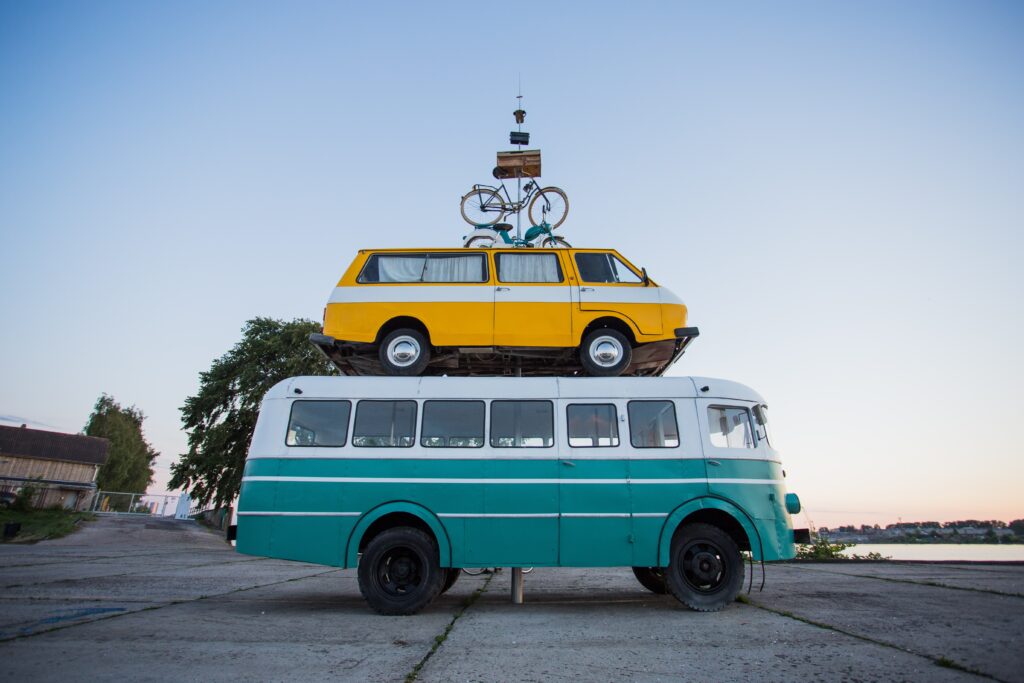
Once in the shop, we got a lot of paperwork, mostly describing how good were the conditions of each little piece that goes into a car. For real. If you enjoy cars as much as me, that would be a good day to feel sick and stay home. But, hey, new car, I was happy too. (One can feel happy and bored; it is like being a mother – we love our kids more than we knew was possible, but also crave distance from them. Same thing.)
I was translating from Spanish to English things I didn’t know existed, and the odd situation was that Hubby seemed to be understanding. The salesman tried to talk to us, but he was interrupted all the time by his own phone. We stayed there for hours, face to face to the salesman, that was nice and tried to speak to us in between calls. We must have exchanged a total of 11 or 12 words.
But Hubby was determined to buy a car, and so we signed lots of documents and proceeded to pay the deposit. I wouldn’t buy a car without seeing it, but the irony is that Hubby probably knew more about the car from reading about it in Spanish than I would know seeing the car, anyway. He even noticed that the car was better than in the ad, as the ad failed to mention x, y, and z. I think one of the things was that the car had a phone charger.
We presented the documents
For us to continue buying a car in Spain, two documents were requested: an identification document – like a greencard, tarjeta de residencia or your passport & NIE – and a driver’s license. Both documents had to be presented for each future driver of the lovely machine that was on its way. It didn’t need to be a Spanish driver’s license, but it had to be recognized as a driver’s license in Spain (like one emitted by other EU country).
I guess EU citizens can buy a car as soon as they have a NIE, provided they have the driver’s license from their country. Non-Eu citizens, though, generally need to issue the residence before, as the residence is needed in order to exchange a non-EU driver’s license to a Spanish one.
And made a deposit
The deposit is very similar to making a reservation in a home – we paid and, for a few days (15 in our case) no one else could buy this car. Included in this deposit is the transportation, if the car is in another city, as our was. If after that time we did not come back to get the car, we would lose the money. If after inspection we decided against the purchase, part of the money would be given back to us, but some would be kept for transportation costs.
Below, a not so often seen side of Torremolinos, the industrial zone, where the car mechanics and dealerships are, including Ocasion Plus, where we got our vehicle.
You’ll have noticed that the procedure I’m describing here is for buying a car from a dealership, not from a private person. You see, I can tell you how buying a car from a dealership works, but not how to buy from a private person, as I haven’t done that. If you did, please let me know the difference in the comments, I’d love to know more.
Then waited for the car to be delivered (mañana, mañana).
Once the deposit was paid and the documents were approved for both of us, we went home! Yes!! Walking, of course. We had to wait for our car to be delivered, and it got delayed… but that is a story for mañana, mañana.
Finally, the car arrived
What matters here is that, when the car arrived, the seller informed us, so we went back to the shop, saw the car (it was beautiful indeed; nice color) and made the final payment. The deposit was partially discounted because some of it was for transportation. If the car were already there I suppose nothing would be deducted from the deposit; maybe we wouldn’t even be requested it.
But we couldn’t drive it yet. It had to be in our name.
The shop itself dealt with transferring ownership. As an outsider, newly arrived in Spain, this was a big advantage. If we had bought it from a private person, I believe that we would need to check on DGT’s website how to do this procedure, and it would mean one more bureaucracy to handle. On foot.
Finally, the mandatory insurance. Then yes, vrum vrum!
But there is a final step that is requested of you before you can take your new machine home: setting the mandatory insurance. The car retailer can hook you up right away with a few insurers that can do this paperwork in a day. No mañana mañana here! The insurer contacts you and sends a few options of insurance for you to choose; pick one and do the money transfer, then inform the insurer and the car dealership of your choice and prove that you paid. Done! Get back to the dealership, that is already like home, and be prepared to face the roads in Spain, because you are getting out of there driving. Good luck!
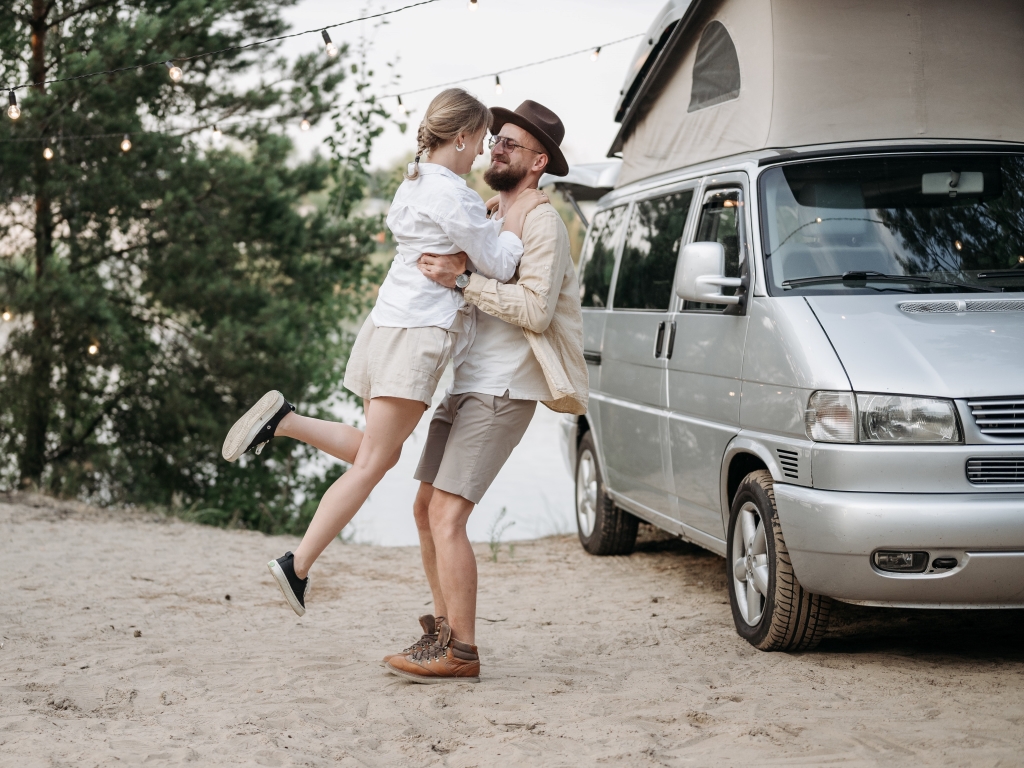
Next: What to do in case of a car accident in Spain


